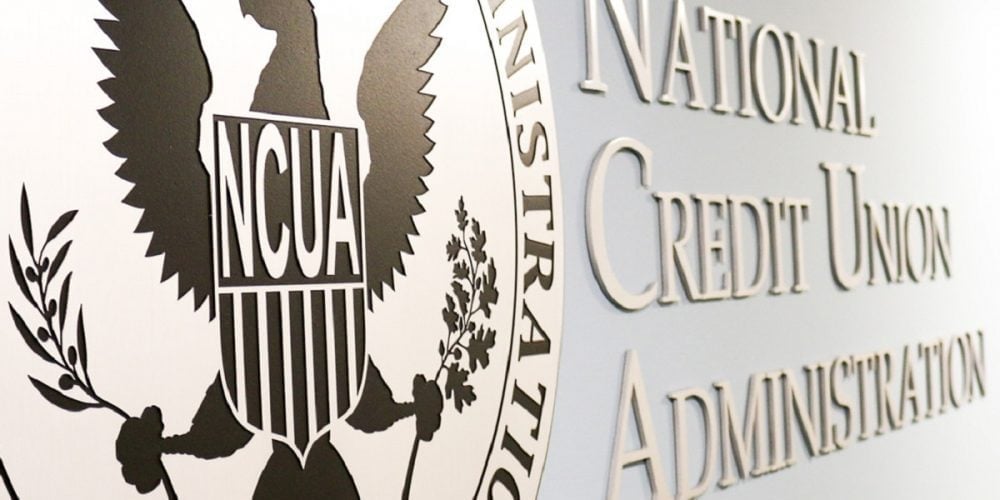What hole would it leave in your community if your credit union went away? How would your members’ lives change?
These are insightful questions to ask when considering the future of any business. Too often, the honest answer given is that a competitor would step in to do whatever you were doing, essentially leaving no gap at all.
This should deeply concern credit union leadership.
Credit unions- regardless of asset size, field of membership, or product set- exist for one fundamental reason: To expand the economic capacity of the communities and individuals they serve. Losing a community asset that delivers on this value proposition would leave a major void, not easily filled.
And yet, a common approach of succession planning by merger suggests that an individual credit union charter does not add much distinct value to a community. If this is not the case and the credit union is serving its members with programs and services that meet the unique needs of a specific population, what is the reason for merger? Are credit union leaders tired and struggling to attract new leadership to relieve them? Or is the credit union model increasingly irrelevant, providing less value to consumers in a hypercompetitive, highly regulated financial services landscape?
Countless planning conversations and keynote addresses challenge credit unions to be just a little more like Amazon or SoFi or American Express. Often, I have left these discussions wondering why so much emphasis is placed on trying to be more like an organization that has an entirely different reason for being. What is wrong with existing for the purpose for which the credit union was chartered?
A credit union can carve out a distinct, differentiated role by being the only financial institution in town focused on growing the economic capacity of the individuals and community it was chartered to serve. While there remains a competitive battle to be the one to extend credit to prime borrowers, expanding the economic capacity of a community is not a mission every financial institution wants to own.
Recently, Wells Fargo CEO Tim Sloan summed up his role very clearly in response to Senator Elizabeth Warren’s call for his termination, “I work for our shareholders and I work on behalf of the board. They have high expectations for me and I’m exceeding those expectations.” He states with confidence that the earnings per share generated under his leadership are evidence enough that he is the right person for the job.
There is nothing inherently wrong with this factual statement. He is clear on his goals. But if you’re reading this, it is unlikely that your goals should look like his.
Credit unions are not a light version of a for-profit bank. The leadership is not the junior varsity version of a Wall Street executive. The credit union’s success should not be measured by profitability, but the financial well-being created for those served. This might make it more difficult to find good leaders. The right fit is someone with the ambition to lead a financial institution and the aspiration to change people’s lives. It must be someone- or a team of someones- with an aptitude for financial management and the audacity to believe in the ability of a credit union to help an individual sleep more easily, to create stability in families, and to grow a community to its greatest potential.
I have heard before that the credit union is not just in the community, it is of the community. This resonates with me: A credit union is obligated to do more than just sponsor a little league team or support another non-profit’s annual gala. It is meant to help solve community problems that stand in the way of greater success; not just the obvious financial concerns.
As credit unions work to expand economic capacity, they must be aware of the most pressing issues in their communities. They cannot shy away from opioid epidemics, housing discrimination, (fresh) food deserts, or lack of public transportation as issues unrelated to delivering financial services. Instead, they must respond to these needs by building partnerships, creating products, and engaging with leaders to remove any obstacle that stands in the way of the community’s economic well-being.
These issues- real problems that create economic unrest in a community— must be addressed with intentional approaches that elevate an entire community. They should be part of a community engagement strategy that differentiates the credit union.
Offering college scholarships is noble, but consider this wraparound strategy to bring the asset of a higher education to more people in your community: Provide those college scholarships, but prioritize awardees according to something that ties to your purpose—maybe first-generation college students or an applicant’s work to improve society. Take your commitment to providing access to education further by partnering with other community organizations in offering financial aid workshops, savings accounts that turn one of your member’s dollars into three by matching from your credit union’s foundation and a public or private grant, or a referral program to a small business one of your members owns that helps with the college application process.
With the right partners, this approach can be taken with little additional expense to the credit union and significant impact on the member. Families served in this way will not soon forget the role the credit union played in creating this new, bright future.
It is possible that not every credit union can increase their relevance and sustainability simply through more meaningful community engagement. When the factory shuts down and the credit union loses its sole location in SEG-sponsored space, continued service to the same field of membership is likely unrealistic.
In those cases, what if credit unions differentiated by making one final contribution to their communities? What if those tired credit unions, those who do not believe they can attract the talent or serve their membership in a way that offers unmatched value, allowed their charters to have new life instead of being dissolved?
Several times a year, I am approached by people hoping to charter new credit unions. They have recognized financial needs in a niche group of people and have stumbled on the credit union model as an ideal solution. They approach me for guidance. Inevitably, when we discuss the challenges that come with starting a new credit union- primarily related to raising capital- the group becomes dejected and fails to see a path forward. These interested individuals are not high in number—if 100% of them chartered credit unions, it would make up for about half to three-quarters of mergers in Connecticut each year-- but they represent something bigger: They believe in the value and relevance of a credit union charter as a model to change people’s financial lives.
What if, instead of allowing the credit union to leave town along with the newspaper print shop, the charter was repurposed for solopreneurs at a nearby WeWork space? A special dividend could be paid out to the original membership, then a new group would take over the governance. They would bring unique needs and ideas and the energy to see them through. The credit union might now offer retirement or tax planning services for the self-employed, loans to help new business owners make ends meet as they await first payments on already-signed contracts, or merchant services to facilitate more convenient billing options.
Meeting the financial needs for an emerging niche market or working with others to offer holistic solutions that address community challenges will elevate the economic well-being of those you serve.
Can your credit union find what it takes to fill that void in your community?








